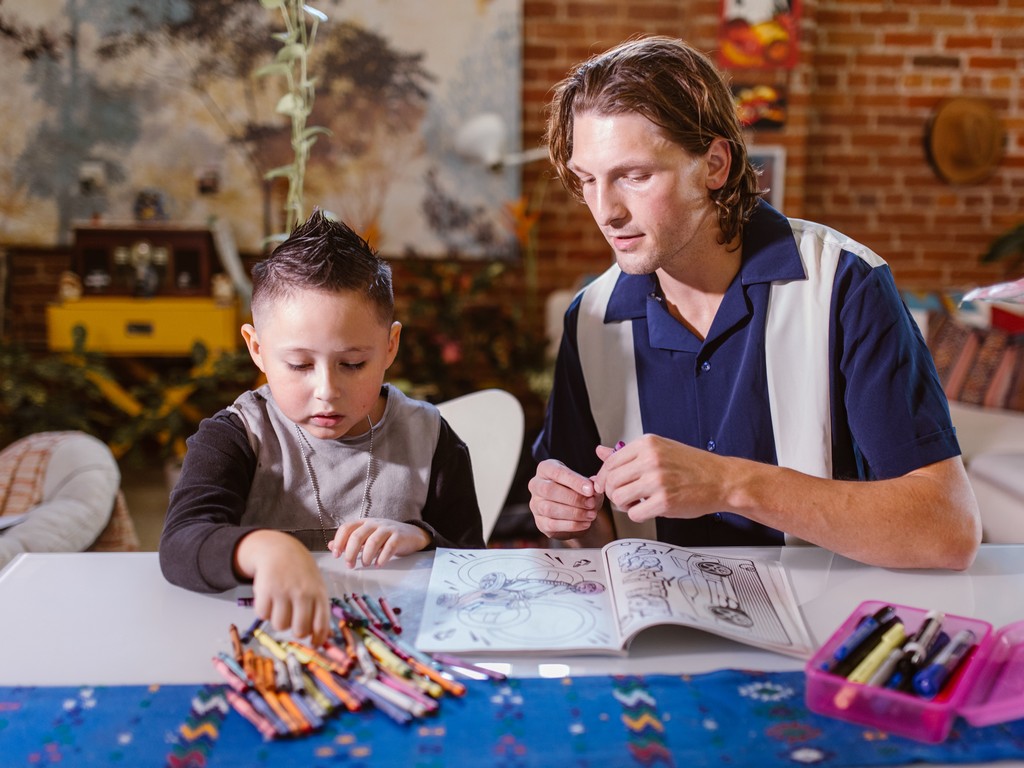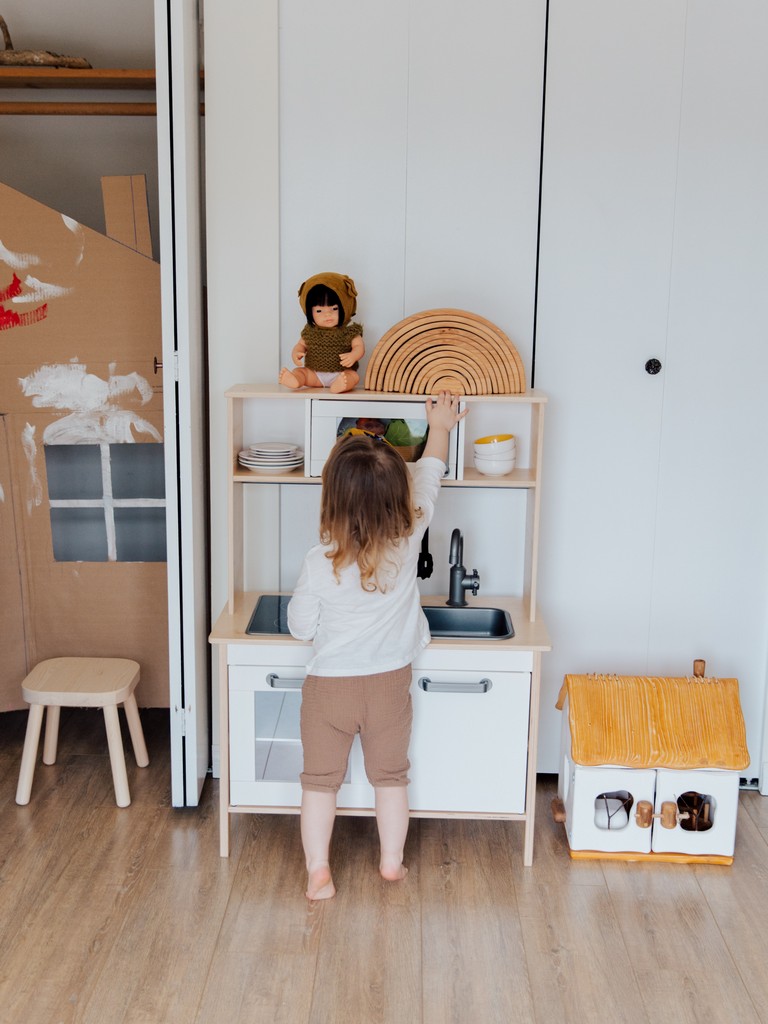Are you a teacher in Buffalo Public Schools? Are you seeking a transfer to a different school or position? If your answer to these questions is yes, then this guide is for you. In this article, we will provide you with an ultimate guide on the Buffalo Public Schools teacher transfer process.
Understanding the Teacher Transfer Process
First, it’s essential to understand the Buffalo Public Schools teacher transfer process. The process entails a teacher moving from their current school or position to a different school or position within the same district. It is crucial to note that the transfer process is only open to tenured teachers.
Requirements for Teacher Transfer
To be eligible for the transfer process, there are specific requirements that you need to meet. These requirements include:
- You must be a tenured teacher.
- You must have at least three years of satisfactory or highly effective ratings.
- You must have no disciplinary action taken against you in the past three years.
- You must meet the qualifications for the position or school you are seeking to transfer to.
The Transfer Process
The Buffalo Public Schools teacher transfer process is a competitive process, and several factors determine the success of your transfer application. These factors include:
- The number of available positions.
- The number of teachers applying for the same position.
- The teacher’s rating in the Annual Professional Performance Review (APPR).
- The teacher’s seniority.
Step-by-Step Guide to the Transfer Process
-
Check the District’s Job Board
The first step in the transfer process is to check the district’s job board for available positions. You can access the job board on the Buffalo Public Schools website.
-
Submit an Application
Once you find a position that you are interested in, submit your application online. Ensure that you meet all the qualifications for the position.
-
Wait for the Review
After submitting your application, the district will review your application and determine if you meet the qualifications for the position. If you meet the qualifications, your application will be forwarded to the hiring manager for the position.
-
Interview
If your application is successful, you will be invited for an interview. During the interview, the hiring manager will ask you questions to determine if you are the right fit for the position.
-
Wait for the Decision
After the interview, you will have to wait for a decision. The hiring manager will review all the candidates and select the most qualified candidate for the position.
FAQs
Q1. Can I transfer to another school within the district? A1. Yes, you can transfer to another school within the district as long as you meet the requirements and qualifications for the position.
Q2. Can I transfer to a different position within the same school? A2. Yes, you can transfer to a different position within the same school as long as you meet the requirements and qualifications for the position.
Q3. How long does the transfer process take? A3. The transfer process can take anywhere from a few weeks to a few months, depending on the availability of positions and the number of applicants.
Q4. Can I apply for multiple positions at the same time? A4. Yes, you can apply for multiple positions at the same time, as long as you meet the requirements and qualifications for the positions.
Q5. What happens if I am not selected for the position? A5. If you are not selected for the position, you can reapply for other positions that become available in the future.
The Buffalo Public Schools teacher transfer process is a competitive process that requires tenured teachers to meet specific qualifications and requirements. The process can take several weeks to several months, depending on the availability of positions and the number of applicants. However, with this guide, you are better equipped to navigate the transfer process and increase your chances of a successful transfer. Good luck!
 Understanding Seniority and Transferring as a Buffalo Public School Teacher
Understanding Seniority and Transferring as a Buffalo Public School Teacher
Are you a Buffalo Public School teacher looking to transfer to a new school? Understanding seniority is crucial to your decision-making process. In this article, we’ll explore how seniority works in the Buffalo Public School system and what you need to know before transferring.
What is Seniority in the Buffalo Public School System?
Seniority is based on the length of time a teacher has been employed with the Buffalo Public Schools. This system is used to determine job security, pay scale, and transfer opportunities.
How Does Seniority Affect Transferring?
Seniority plays a significant role in teacher transfers. If you’re looking to transfer to a new school, your seniority determines your eligibility. Teachers with higher seniority have priority over those with lower seniority.
Can Seniority Ever be Waived?
In some cases, seniority can be waived. If a school is facing a teacher shortage, the district may offer incentives for teachers to transfer to that school, regardless of seniority. Additionally, if a teacher has a unique skill set or expertise that is needed at a particular school, seniority may be waived.
What Happens if You Transfer to a New School?
When you transfer to a new school, you’ll start at the bottom of the seniority list at that school. This means that you may have less job security and be paid less than teachers with higher seniority.
How Can You Increase Your Seniority?
The easiest way to increase your seniority is to stay with the Buffalo Public School system for a longer period of time. If you’re looking for a way to increase your seniority quickly, consider taking on leadership roles within your school or district.
Understanding seniority is crucial for any Buffalo Public School teacher looking to transfer to a new school. Your seniority determines your eligibility for transfer opportunities, job security, and pay scale. While seniority can sometimes be waived, it’s important to take it into consideration when making any career moves.

Meet Helen, a passionate educator and Montessori expert with over 15 years of experience in the field. She holds a Bachelor’s degree in Education and a Master’s degree in Montessori Education. Helen’s love for the Montessori method began when she was introduced to it during her own childhood education. Since then, she has dedicated her career to promoting the Montessori approach as a way to help children develop their full potential. Through her work as a teacher, consultant, and writer, Helen has helped countless parents and educators understand and implement the Montessori philosophy in their own lives. Her articles and books have been published in various education journals and she has been invited to speak at conferences around the world. Helen believes that every child has the potential to thrive and that Montessori education provides the tools to make that happen.









